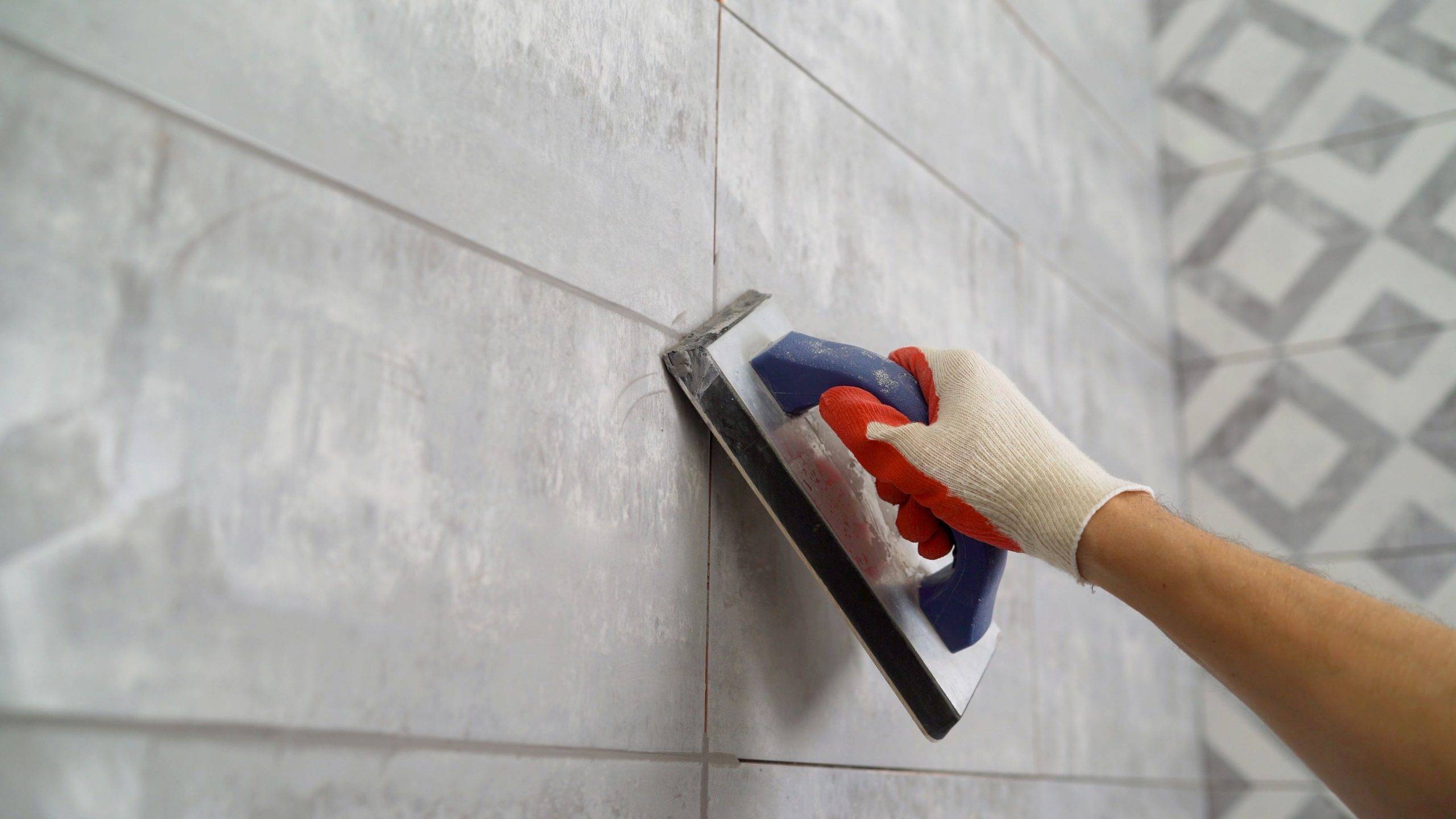
The Surprising Benefits of Regrouting Your Bathroom and Floor Tiles
Epoxy grout is resistant to cracking, shrinking, and discolouration, making it perfect for use in wet areas
Marble restoration is a process that rejuvenates and enhances the appearance of marble surfaces by eliminating blemishes and improving their overall condition. It is a budget-friendly solution that not only cleans but can potentially extend the lifespan of your marble floors by up to 25 years. Through various techniques such as cleaning, polishing, grinding, and sealing, professionals can remove stains, surface scratches, and chips, and restore the natural look and shine of marble.
Choosing to restore marble comes with a set of considerations. This article dives into the pros and cons of marble restoration, providing you with detailed insights. You’ll discover how the restoration process can increase compressive strength and hardness, improve resistance to scratches and stains, and reduce cleaning time for your floors. On the flip side, you’ll learn about the caution required when using store-bought cleaners, the necessity for professional intervention in certain cases, and other potential drawbacks.
By exploring these aspects carefully, you’ll be equipped to decide if marble restoration aligns with your expectations for maintaining or renewing your floors.
Whether you’re considering restoration for residential or commercial spaces or simply seeking to understand more about this service, reading on will provide you with a comprehensive understanding that will aid in making an informed choice. Additionally, if you want to explore the range of services provided by experts in this field or are specifically interested in marble benchtop restorations, you can find more information on these topics as well.
When you think of marble, elegance, and luxury often come to mind. Its natural beauty and unique characteristics make it a favorite for floors, countertops, and other surfaces in homes and businesses alike. But like all natural materials, marble requires care to maintain its luster and durability. This is where marble restoration comes into play.
Marble, once gleaming and vibrant, can lose its luster over time due to everyday wear and tear, foot traffic, and improper cleaning practices. Restoration acts as a reset button, bringing back the stone’s natural beauty.
Through cleaning, honing, and polishing techniques, the process removes layers of grime and scratches, revealing the original brilliance beneath. Imagine sunlight dancing off a revitalized surface, illuminating your space with renewed warmth and elegance. The restored color and veining patterns come back to life, showcasing the unique characteristics that drew you to marble in the first place.
Marble is a durable material, but neglect can lead to premature deterioration. Unmaintained surfaces are more susceptible to scratches, etching, and staining, ultimately leading to a dull and lifeless appearance. Restoration addresses these issues proactively, preventing minor imperfections from developing into costly problems.
By removing existing damage and fortifying the surface, restoration extends the lifespan of your marble for years to come. This translates to significant savings compared to the high cost of replacing entire sections of marble flooring or countertops.
The restoration process isn’t just about aesthetics; it also significantly improves the physical strength and resilience of your marble. Techniques like honing and polishing create a denser surface, making it more resistant to scratches and etching caused by everyday use. Imagine dropping a utensil on your kitchen countertop – a restored surface is more likely to shrug it off with minimal damage.
Additionally, professional restorers can apply penetrating sealers. These create a protective barrier that minimizes the risk of stains from spills or acidic substances, allowing you to enjoy the beauty of your marble with greater peace of mind.
While the initial cost of restoration might seem like a significant investment, it’s crucial to consider the long-term benefits. Regularly scheduled restoration is significantly more budget-friendly compared to addressing major damage down the line.
Neglected marble requires a more extensive and expensive restoration process to rectify deep scratches, stains, or chips. Additionally, a well-restored floor is easier to maintain and clean, reducing the need for harsh chemicals and frequent cleaning routines. This translates to further cost savings over time.
Marble’s naturally low porosity makes it resistant to harboring bacteria and mold. However, regular cleaning is still essential to maintain a healthy environment. Restoration takes this a step further by providing a deep clean that eliminates existing allergens and contaminants trapped within the stone’s surface.
Additionally, sealing the marble during restoration creates a barrier that further reduces the risk of mold formation, especially in moisture-prone areas like bathrooms. This contributes to a cleaner and healthier living space, particularly beneficial for allergy sufferers.
 Marble restoration is a skilled craft that requires knowledge and experience to achieve optimal results. Hiring a professional restoration company provides access to a team of specialists equipped with the necessary tools and techniques to address various types of damage effectively.
Marble restoration is a skilled craft that requires knowledge and experience to achieve optimal results. Hiring a professional restoration company provides access to a team of specialists equipped with the necessary tools and techniques to address various types of damage effectively.
Their expertise ensures a thorough and meticulous restoration process that revives the beauty and functionality of your marble.
Furthermore, reputable restoration companies like Urban Stone Care often offer additional resources such as educational blog posts and personalized maintenance advice, empowering you to care for your restored marble effectively between restoration cycles.
While some basic cleaning tasks can be done on marble surfaces, attempting a full restoration yourself can be risky. Harsh chemicals found in store-bought cleaners can etch or stain the stone, causing permanent damage.
Improper application of cleaning solutions, polishing techniques, or use of the wrong tools can further exacerbate existing issues. Consulting a professional ensures a safe and effective restoration process that revitalizes your marble without causing unintended harm.
Deep damage like extensive scratches, cracks, chips, or heavily ingrained stains often require professional repair techniques beyond the scope of DIY solutions. For instance, deep gouges or cracks might necessitate a process called “grinding” which involves removing a thin layer of the stone to create a smooth surface.
Additionally, specific types of damage, such as those affecting marble countertops, might require specialized equipment or techniques best handled by experienced professionals. While professional intervention comes with additional costs, it guarantees a high-quality repair that restores the structural integrity and aesthetic appeal of your marble.
Although cost-effective in the long run, marble restoration involves periodic expenses. The frequency of restoration depends on various factors, including the type and daily wear and tear on the marble surface, as well as traffic patterns.
The cost itself can vary based on the square footage of the area being restored, the severity of damage, and the types of techniques employed. However, reputable companies often offer flexible service packages and consultations to help you determine the most cost-effective restoration plan for your specific needs.
The restoration process can be time-consuming, with the duration depending on the project’s scope and complexity. Smaller areas like bathroom floors might take a day, while larger surfaces like extensive flooring or countertops could require several days.
Additionally, during specific stages of restoration, the area might be unusable. Professionals will discuss the timeline and potential disruptions upfront to minimize inconvenience.
Dust creation is a common concern during some restoration techniques, particularly grinding. However, reputable companies prioritize eco-friendly practices. Urban Stone Care utilizes dust containment systems and vacuums to minimize dust particles during the restoration process.
While most marble varieties respond well to standard restoration techniques, some exceptions exist. Certain types of very soft or fragile marbles might require alternative methods or specialized cleaning solutions.
Professionals possess the expertise to identify these specific marble types and recommend the most appropriate restoration approach to achieve optimal results without compromising the integrity of the stone.
Having explored both the advantages and potential drawbacks of marble restoration, you’re now better equipped to decide if it’s the right solution for your needs. Here’s a quick recap:
If you’re unsure, consulting a professional restoration company like Urban Stone Care is highly recommended. They can assess your marble surfaces, discuss your concerns, and recommend the most suitable restoration plan to restore the beauty and functionality of your prized possession.
Marble restoration can bring back the natural beauty of the marble, remove scratches and stains, and extend the lifespan of the flooring.
Marble restoration can be expensive, time-consuming, and may require ongoing maintenance to preserve the restored look.
The benefits of marble restoration include improved aesthetics, increased durability, and enhanced property value.
Drawbacks of marble restoration may include the initial cost, potential for future damage, and the need for regular upkeep.

Epoxy grout is resistant to cracking, shrinking, and discolouration, making it perfect for use in wet areas

Epoxy grout is resistant to cracking, shrinking, and discolouration, making it perfect for use in wet areas

Epoxy grout is resistant to cracking, shrinking, and discolouration, making it perfect for use in wet areas